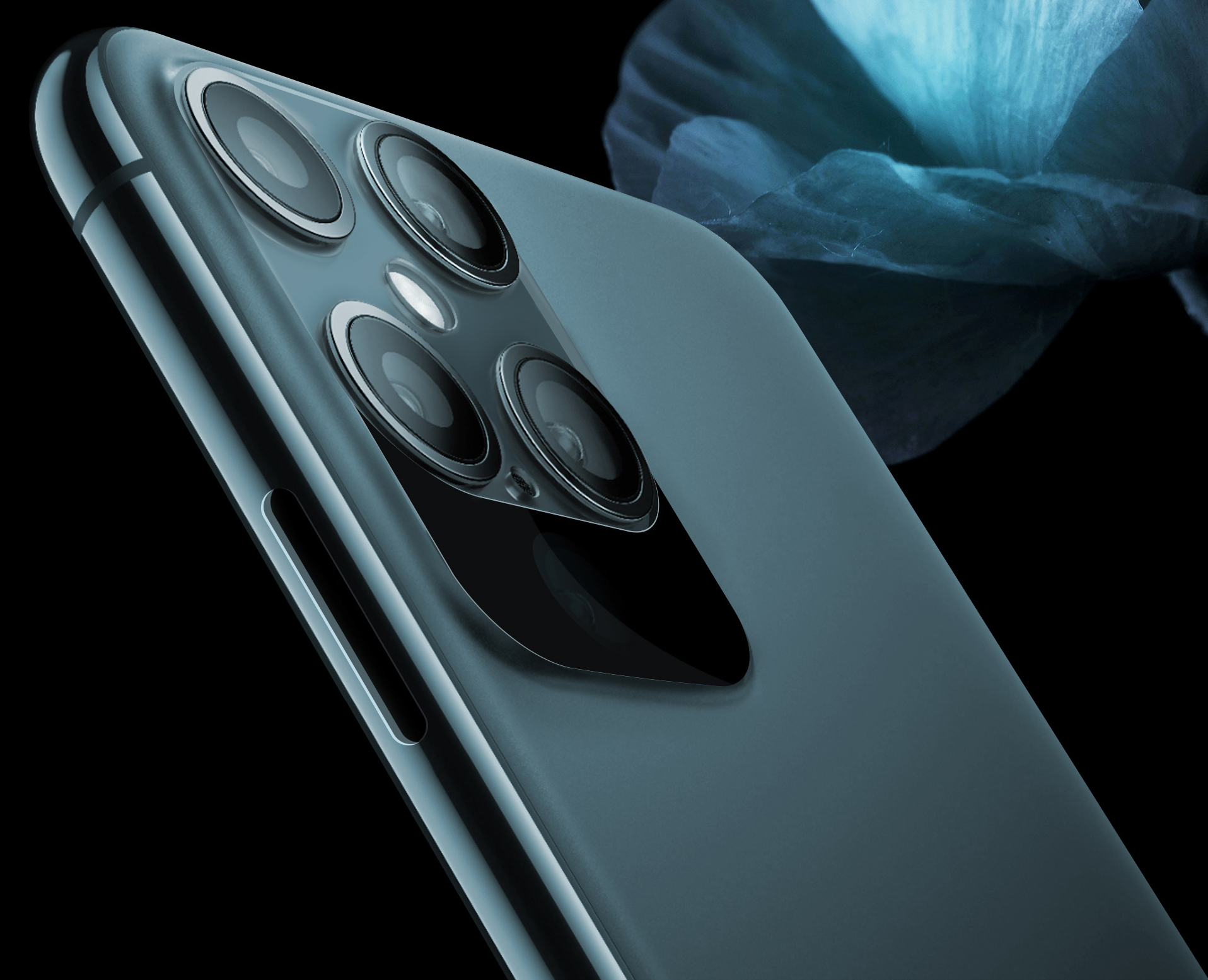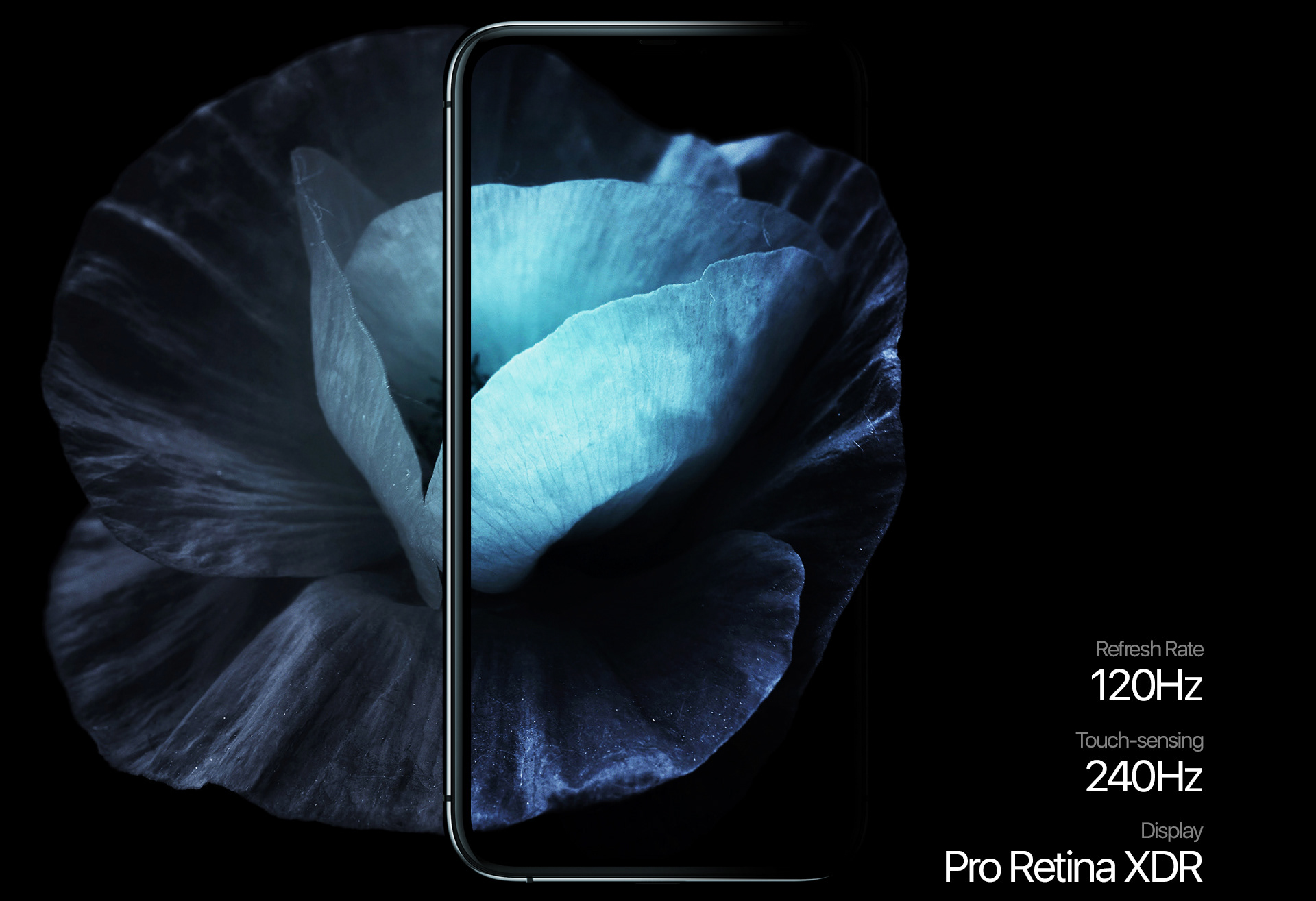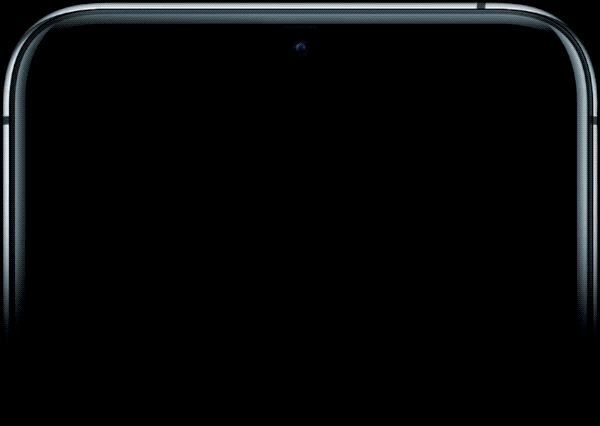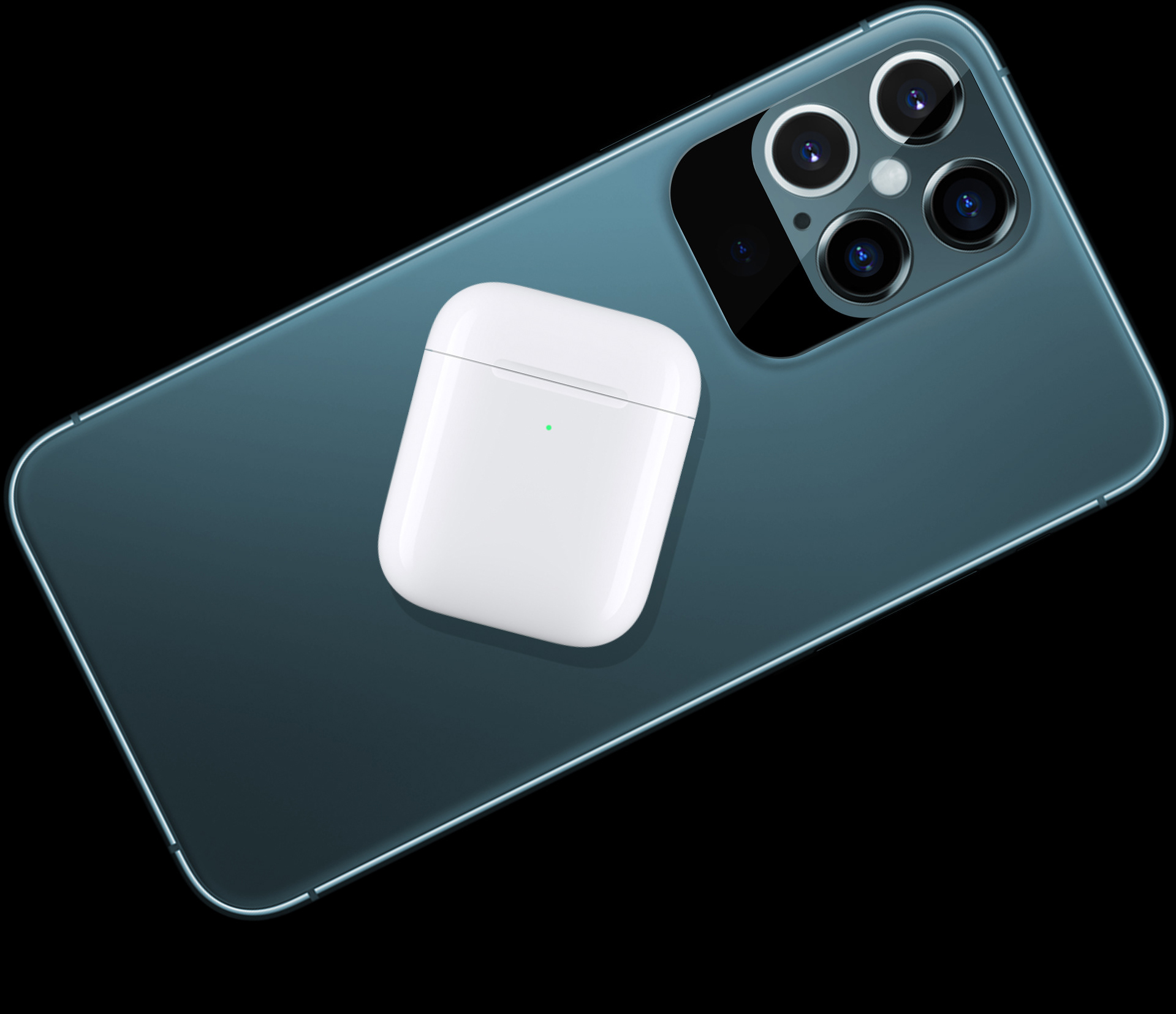iPhone 12 design kills the notch — and includes a big surprise
A new iPhone 12 concept shows what it would look like with an under-display camera and no buttons at all

The iPhone 12 is easily the most anticipated phone of the year, even though the release date seems to be a moving target. First we heard the new 5G iPhone could be delayed months — and possibly be pushed to 2021. Then other reports said that the iPhone 12 was still on schedule for a fall launch.
Whenever the iPhone 12 does appear, we have a pretty clear picture of what to expect. There will reportedly be two iPhone 12 models that come with 5.4-inch and 6.1-inch displays, and two iPhone 12 Pro models that come in 6.1-inch and 6.7-inch sizes. And a designer has just revealed what the iPhone 12 Pro could look like should Apple decide to kill the notch altogether.
- Do not buy the 13-inch MacBook Pro until further notice
- Google Pixel 4a looks imminent as Google stops selling Pixel 3
- Just In: T-Mobile and Sprint merger just finalized
Graphic designer Donel Bagrov has posted several images of the iPhone 12 Pro, and they mostly line up with the leaked specs we've seen thus far. But there are two features here that would be huge departures from the iPhone 12 rumor mill and leaks up until now.

On the expected front, the iPhone 12 Pro shown has a display refresh rate of 120Hz, which will presumably use the same ProMotion technology inside the new iPad Pro 2020. This will allow the phone to adjust the refresh rate automatically, which will save battery life. By contrast, the Samsung Galaxy S20 forces you to turn on 120Hz manually.

Where's the notch? It's nowhere to be found on this iPhone 12 Pro concept, as the design sports an under-display camera. We've heard that the notch could shrink on the iPhone 12 but there have been very little in the way of predictions that it would go away. Nevertheless, it would be amazing to see a true all-screen iPhone 12. Samsung Display is working on displays with invisible cameras for its own future phones and other partners, but there's no firm timetable.
Around back, the iPhone 12 Pro concept has four cameras, including a main 64MP sensor, an ultra-wide camera with optical image stabilization, a dedicated portrait camera and a telephoto lens with a 5x optical zoom. The latter sensor would allow the iPhone 12 Pro to better compete with the Samsung Galaxy S20 Ultra, which has a 4x optical zoom and 10x hybrid lossless zoom. Last but not least is a LiDAR scanner, which would aid AR app performance.

The second big surprise in this iPhone 12 Pro concept is what the designer calls Slide and TapTap. This phone doesn't have any mechanical buttons. Instead, there appears to be a taptic button for power on the right edge of the phone and a volume slider on the left. A double TapTap would toggle the ringer on and off.
Get instant access to breaking news, the hottest reviews, great deals and helpful tips.

Other features shown on the iPhone 12 Pro design include a new 5nm processor (which we presume is the A14 Bionic) and the ability to do "reverse charge." The latter feature would let you juice another phone on the back of the iPhone or your AirPods or AirPods Pro. Android phones have had reverse wireless charging for a while, including last year's Galaxy S10 series.
Last but not least, this iPhone 12 Pro comes in Dark Teal, which looks great. But we've been hearing that Apple will be adding a dark blue iPhone 12 to the mix instead. Do we think Apple will kill the notch and physical buttons this year? Nope, but the design is still pretty captivating and could become a reality for the iPhone 13.
Mark Spoonauer is the global editor in chief of Tom's Guide and has covered technology for over 20 years. In addition to overseeing the direction of Tom's Guide, Mark specializes in covering all things mobile, having reviewed dozens of smartphones and other gadgets. He has spoken at key industry events and appears regularly on TV to discuss the latest trends, including Cheddar, Fox Business and other outlets. Mark was previously editor in chief of Laptop Mag, and his work has appeared in Wired, Popular Science and Inc. Follow him on Twitter at @mspoonauer.

